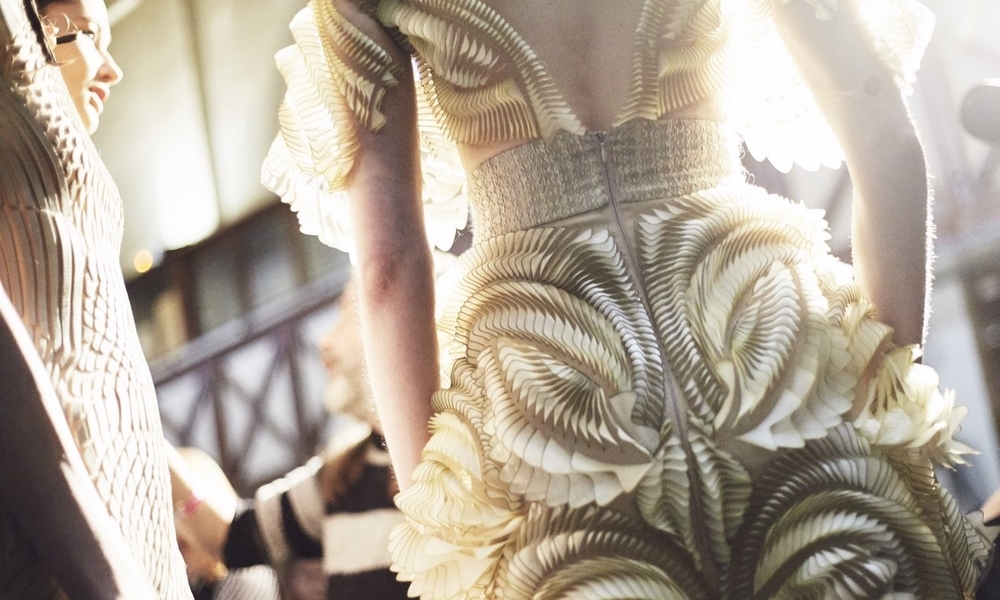In the world of fashion, trends come and go. What is popular one season may be outdated the next. From high-waisted jeans to off-the-shoulder tops, fashion cycles can be difficult to predict. However, understanding the rise and fall of trend popularity is key to decoding fashion cycles.
What Drives Fashion Cycles?
Fashion cycles are driven by a variety of factors, including consumer demand, cultural shifts, and designer influence. Consumer demand plays a significant role in the rise and fall of trend popularity. When consumers are attracted to a particular style, it becomes popular. This popularity can be further amplified by celebrity influencers and social media.
Cultural shifts also impact fashion cycles. Changes in technology, politics, and social norms can influence the way people dress. For example, the rise of athleisure wear can be attributed to a cultural shift towards health and wellness.
In addition, designer influence plays a crucial role in fashion cycles. Designers are responsible for creating new trends and pushing boundaries. When a designer introduces a new style, it can quickly become popular and influence other designers to follow suit.
The Stages of Fashion Cycles
Fashion cycles typically follow four stages: introduction, rise, peak, and decline. The introduction stage is when a new trend is introduced to the market. This can be through a designer’s runway show, a celebrity wearing a new style, or a brand launching a new product.
Once the trend has been introduced, it begins to rise in popularity. This is when consumers start to take notice and incorporate the trend into their wardrobe. As more people adopt the trend, it reaches its peak popularity. This is when the trend is at its most widespread and can be found in many stores and worn by many people.
After reaching its peak, the trend begins to decline. This can be due to oversaturation, consumer fatigue, or the introduction of a new trend. Once a trend has declined, it may still be worn by some individuals, but it is no longer considered fashionable.
The Importance of Understanding Fashion Cycles
Understanding fashion cycles is important for several reasons. For consumers, it can help them make informed decisions about their wardrobe. By knowing when a trend is at its peak, consumers can decide whether or not to invest in it. Additionally, understanding fashion cycles can help consumers avoid being a victim of fast fashion, where trends are produced quickly and cheaply, only to be discarded after a short period of time.
For designers and brands, understanding fashion cycles is crucial for staying relevant in the market. By introducing new trends at the right time, designers and brands can stay ahead of the curve and attract a loyal customer base.
The Future of Fashion Cycles
The future of fashion cycles is uncertain. With the rise of fast fashion and the increasing demand for sustainable and ethical fashion, the traditional fashion cycle may be changing. Consumers are becoming more conscious of the impact of their fashion choices and are looking for ways to reduce waste and support ethical practices.
As a result, some designers and brands are moving away from the traditional fashion cycle, instead focusing on creating timeless pieces that can be worn for years. Others are exploring new materials and production methods to reduce their environmental impact.
Despite these changes, fashion cycles will continue to exist. Consumers will always be drawn to new styles and designers will continue to push boundaries. However, by understanding the rise and fall of trend popularity, consumers and designers can make more informed decisions about their fashion choices.





